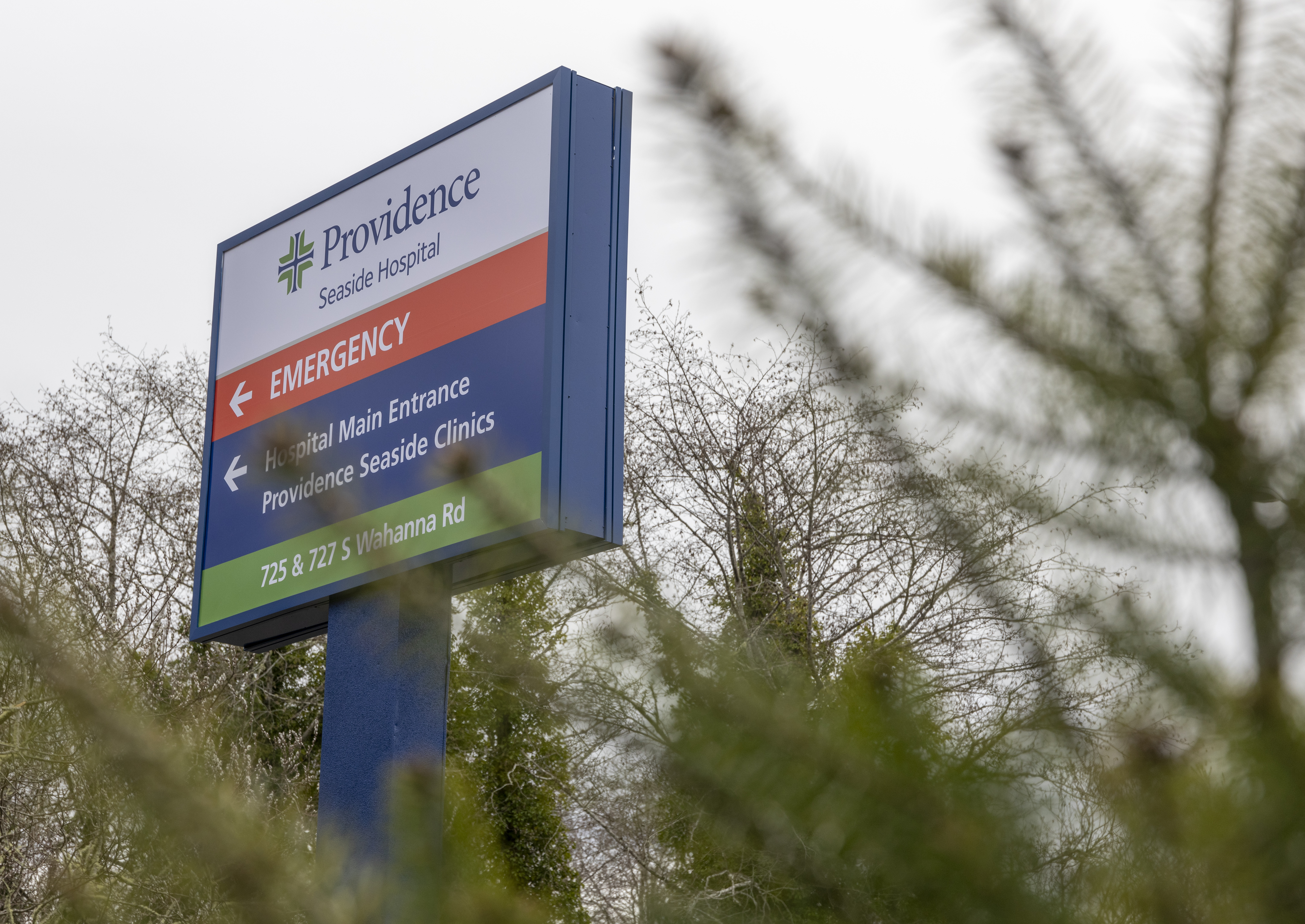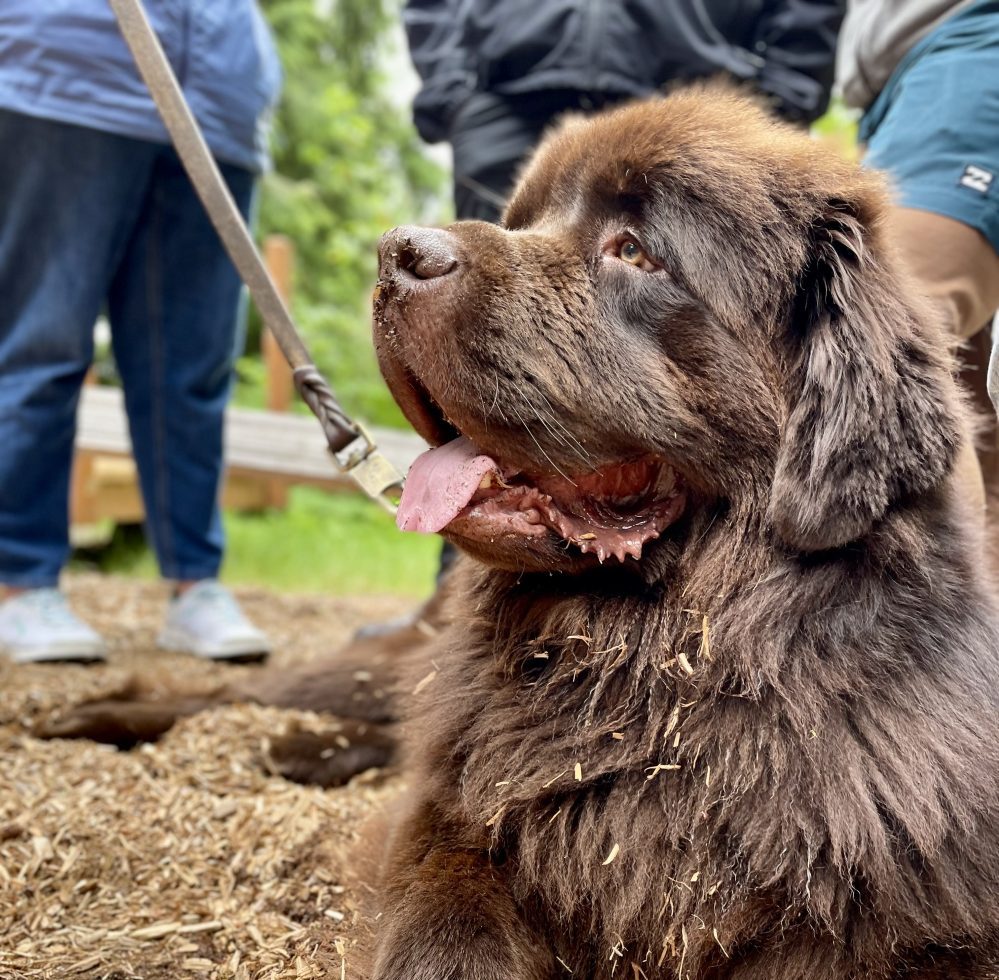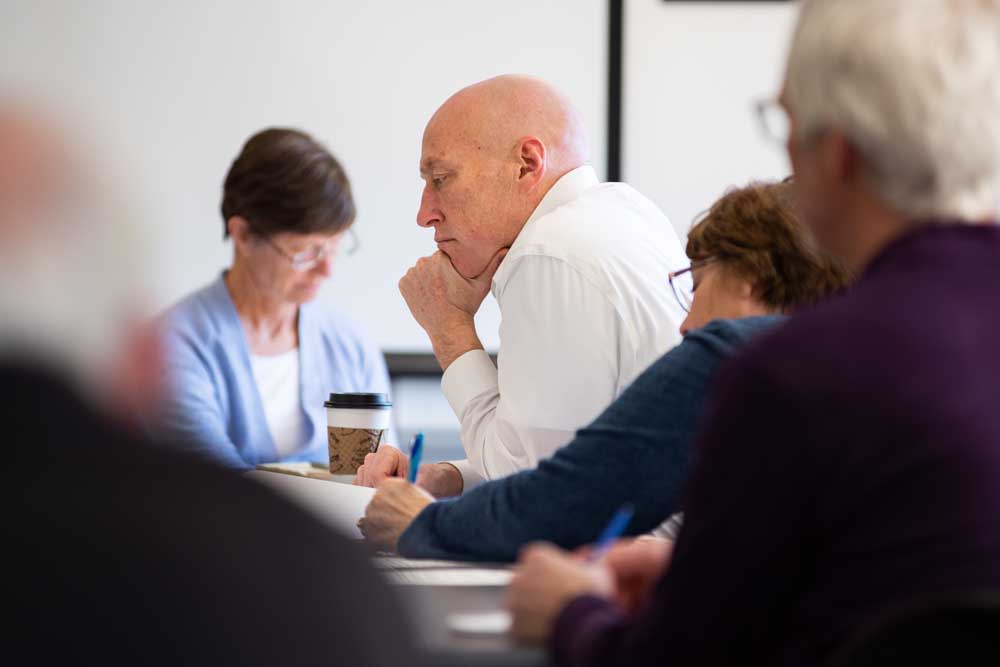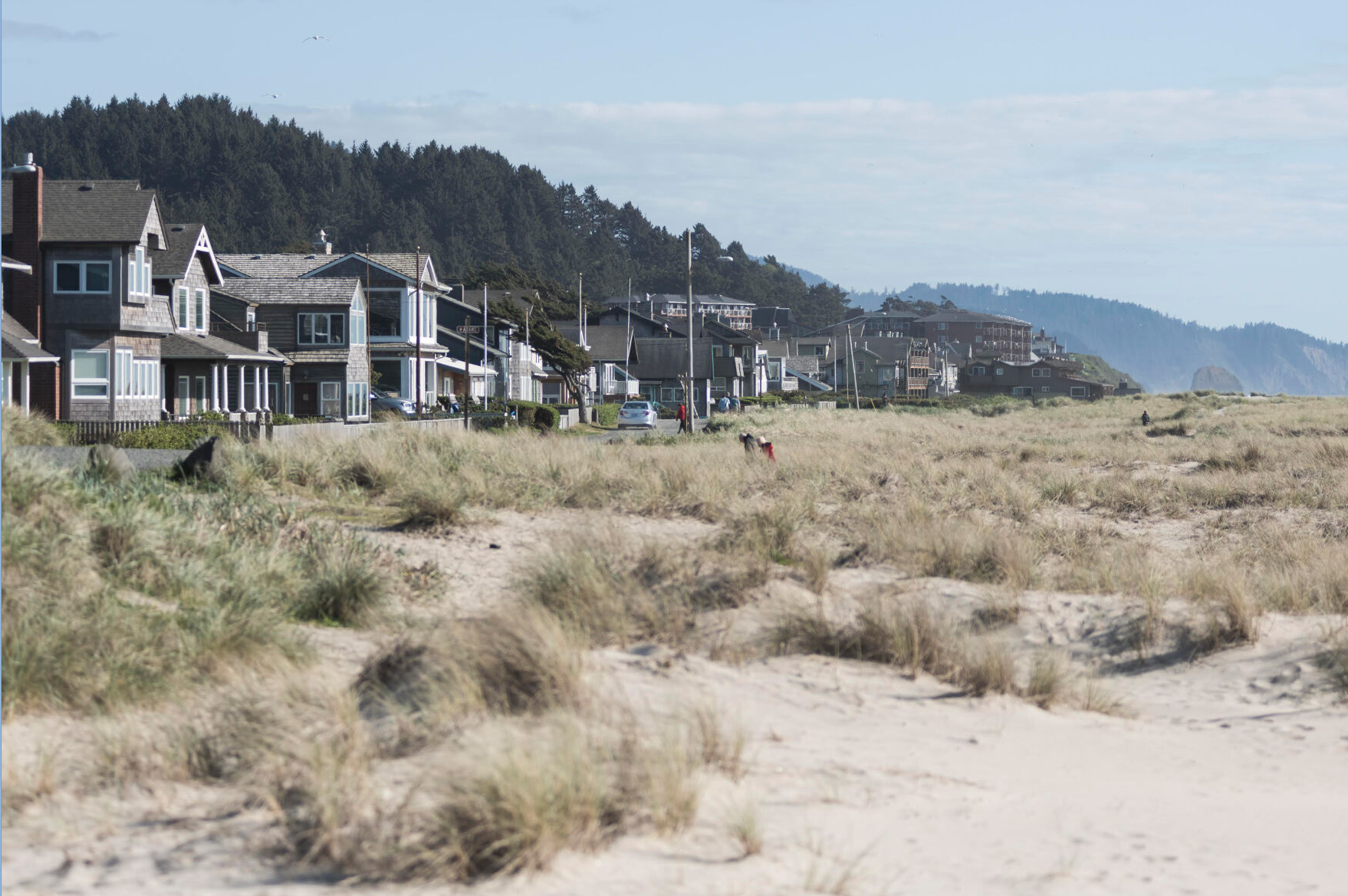Obituary: Dr. Yong Cheong
Published 12:15 am Saturday, May 11, 2024

- Obit: David Clyde 2
Warrenton
Trending
May 5, 1933 — April 30, 2024
Dr. Yong Cheong, a skillful orthodontist and an expert in smiles, died in his Warrenton home on April 30. He was 90, just five days shy of his 91st birthday. Jean Cheong, his wife of over 63 years, said he died of natural causes.
As a newly minted orthodontist from Fairleigh Dickinson University in 1967, Yong briefly worked with an orthodontist at the Lloyd Center in Portland who was looking for someone to take over his small, satellite practice in Astoria. Excited at the idea of being the only resident orthodontist in Astoria, Yong accepted the offer and moved to the coast with his wife, Jean, and their children in 1968.
Trending
“You know that old building with the music store in it?” Yong asked in a 2023 iPhone video. “I took over that practice in that building. It didn’t have too many patients, I didn’t have any money, and I rented an old home in Alderbrook that was pretty run-down. But the rent was cheap.
“Then I started to get patients, and I didn’t even have furniture in the waiting room. So I went to that stationery store across the street — ABECO? And I borrowed some old chairs,” Yong recalled with a smile. “That’s how I got started.”
But it wasn’t all smiles during Yong’s childhood. Born in Kobe, Japan, in 1933, Yong’s childhood years had been against the backdrop of World War II as a Korean minority living in Tokyo. Like most Koreans in Japan who experienced prejudice on many levels, Yong learned at an early age to conceal his Korean identity by taking a Japanese name to avoid being bullied.
When Japan entered the war in 1940, its government separated nearly half a million grade school children from their families and evacuated them to Buddhist temples in the countryside, where there were no air raids. At the age of 8, Yong and his younger sister, Reiko, were evacuated to Ryo Sen Ji temple in the town of Kosudo.
“I remember fighting over bowls of rice and not eating vegetables for two years. I ate so many sweet potatoes that I can’t eat them any more,” Yong recalled in 2023. “It was emperor’s orders,” he explained. “It was how Japan preserved its younger generation.”
After the war ended, Yong and his younger sister were reunited with their oldest sister, Kimiko, but their parents and their second-oldest sister didn’t survive the Doolittle Raid on Tokyo in 1942. Yong and his younger sister temporarily lived with his oldest sister’s family, but it was difficult to raise extra kids, so Yong was told to go live with his paternal uncle’s family in Tokyo.
“I remember wearing paper shoes after the war, everything was rationed, and I can’t remember if my uncle’s wife made me a lunchbox or not, but I wanted to leave as soon as possible,” Yong said. It was during that time when a chance encounter with a German kid led him to a place that would change the course of his life. That place was St. Joseph College, a Catholic international boys’ school located on the bluff in Yokohama.
After taking an English test during an interview with French monks at St. Joseph, a Swiss monk told him, “We’ll let you know.” Yong waited every day, until finally a postcard arrived, saying that St. Joseph will admit him to the eighth grade because of his English level. Yong had finished the ninth grade in the Japanese school system, but thought the monks’ offer was generous given that during the English test, he read a few sentences aloud about a grizzly bear, but didn’t understand what he had read.
After about six months at St. Joseph, Yong could carry on conversations and do his studies in English. “I didn’t feel any prejudice from those monks,” Yong said. “They treated me as well as anybody else.” Opportunities for part-time jobs followed, and Yong’s first job as an eighth grader was helping an American missionary in Yokohama, John Nicholson, translate his sermons into Japanese.
Yong provided the Romaji (the romanization of Japanese) so that John could deliver his sermons. After translating many sermons for John, and becoming good friends with John and his wife, Marguerite, Yong was allowed to stay in their attic so that he could cut down on commute time between his uncle’s house in Tokyo and St. Joseph in Yokohama.
When Yong received a partial scholarship to attend undergraduate studies at Baylor University in Texas, John contacted a farming family, the Millers, in Kuna, Idaho, so that Yong could enroll at Baylor during the academic year and work for wages on his host family’s farm during summers. “The Nicholsons and the Millers … they were the salt of the Earth,” Yong often said.
After dental school at Baylor, Yong met a beautiful woman named Dorothy Jean Hinds on a blind date in Dallas. It wasn’t long before they married, and their marriage lasted over 63 years. They loved to play golf.
Yong didn’t want to buy a general dentistry practice straight out of dental school, so he served in the U.S. Army as a dental officer for close to three years, until he was certain that he wanted to go to orthodontics school.
And that’s what he did for 33 years on the Oregon Coast: He moved a lot of teeth and improved a lot of smiles, together with Jean at his side in the office, and together with Jean at his side when he died.
Yong Cheong is survived by his wife, Jean Cheong; his daughter, Teresa Ficken, and son-in-law, Jack Ficken; his daughter, Sharon Bradley, and son-in-law, Gary Bradley; his son, Greg Cheong, and daughter-in-law, Kristin Bradley; his daughter, Karen Cheong, and son-in-law, Jamie Narushchen; his four grandchildren, Remy Bradley, Shea Bradley, Matthew Ficken and Jacob Ficken; and his niece, Kimiko’s daughter, Masako Burggraf, and her husband, Bob Burggraf.
Arrangements have been made with Hughes-Ransom Mortuary & Crematory in Astoria.
A small memorial service will be held at Fort Stevens National Cemetery at 11 a.m. on May 28.
In lieu of flowers, please send donations to: Mobile Dental/Medical Teams International, P.O. Box 4288, Portland, OR., 97208 or 800-959-4325.









